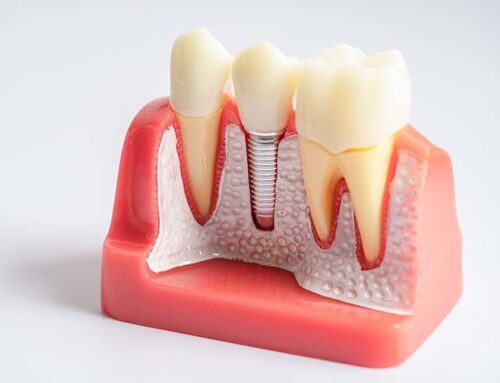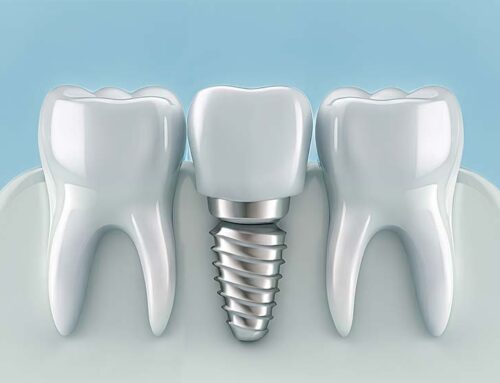Single tooth whitening, also known as internal tooth whitening, is a procedure aimed at improving the appearance of a tooth that has become darker or discolored compared to the surrounding teeth. Sometimes, a single tooth may undergo a color change which can be particularly bothersome, especially when smiling. To understand the cause and apply the correct treatment, it’s important to consult a dentist.
One of the reasons for a single tooth darkening is trauma to the tooth. Bleeding inside the tooth due to trauma can change its color. In some cases, trauma may result in the death of nerves inside the tooth. Once identified through imaging, if necessary, the dead nerve is removed, and the tooth is restored with whitening followed by filling.
Certain medications and foods can also cause discoloration of teeth. Staining agents from medications can alter the color, especially affecting the back teeth where brushing may not reach easily. In such cases of discoloration, whitening can be performed on the affected tooth alone, or if desired, on all teeth together.
The most common and significant cause of tooth darkening is root canal treatment. This is typically indicated by the tooth turning grayish. Changes in color may appear shortly after or even years after the root canal procedure. Since the color change occurs internally in a non-vital tooth, whitening agents are applied inside the tooth. These agents can remain for a few days, covered temporarily with a filling, and during a follow-up appointment, a permanent filling is placed.
If satisfactory results are not achieved with whitening alone for teeth with single tooth darkening, options such as laminate veneers or crown prostheses can be considered.
Single tooth whitening cannot be performed on damaged teeth, teeth requiring root canal treatment, or teeth affected by decay. The necessary treatment should be performed first, followed by whitening if suitable.
If you are experiencing discoloration or color changes in your tooth, it’s advisable to consult your dentist for appropriate guidance and treatment.







Leave A Comment